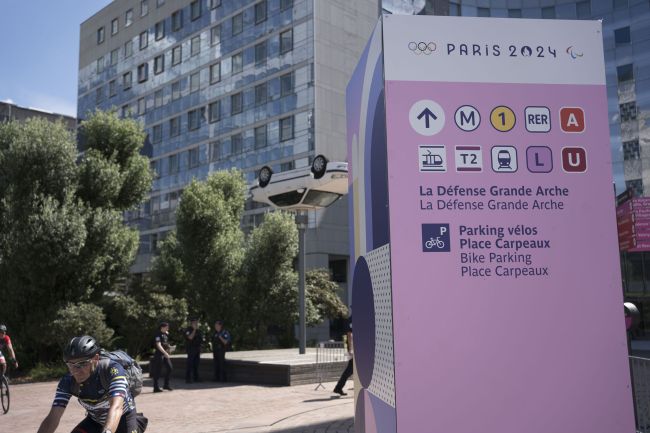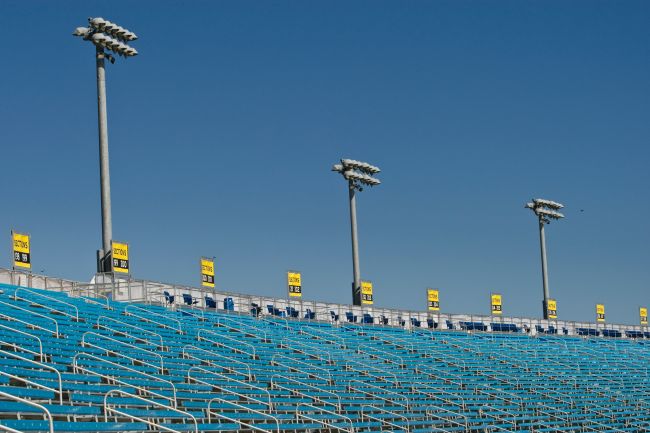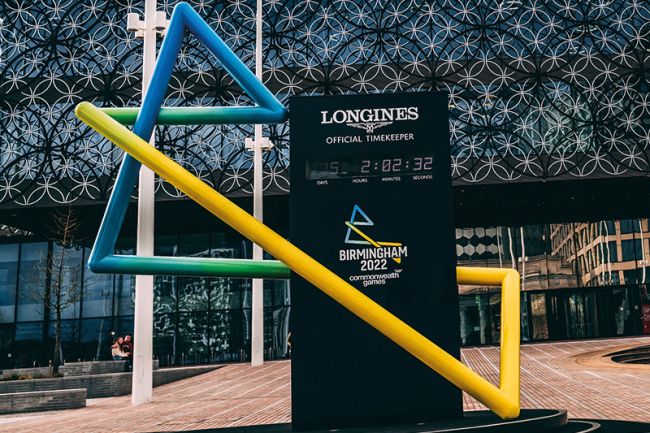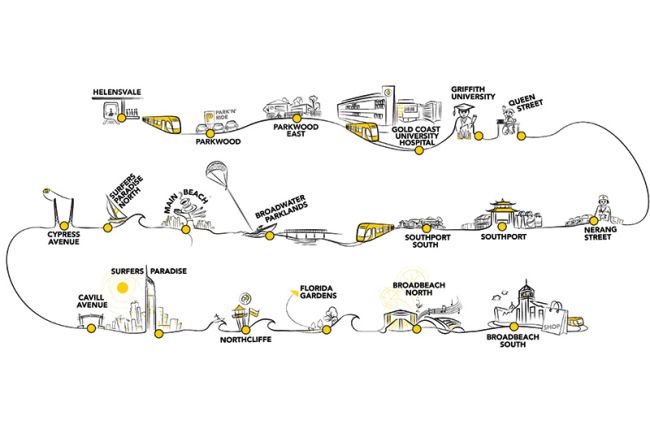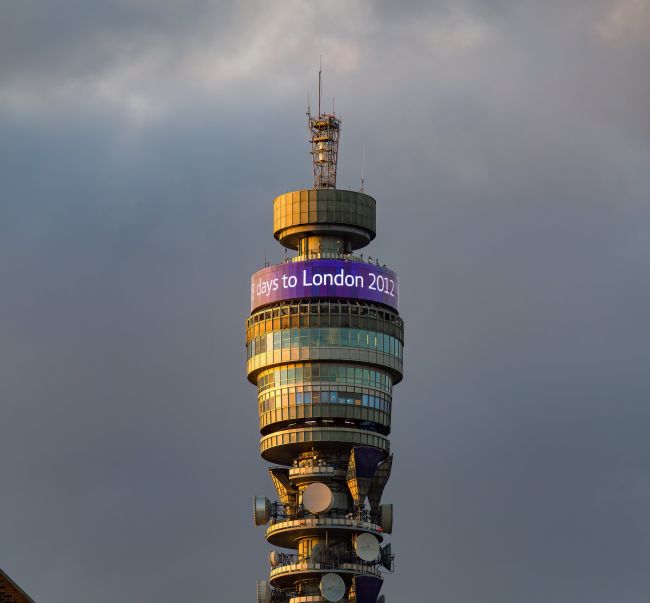Maracanã, a World Cup legacy
The Maracanã Stadium was built to open the 1950 World Cup and still holds the record attendance for a World Cup Final.
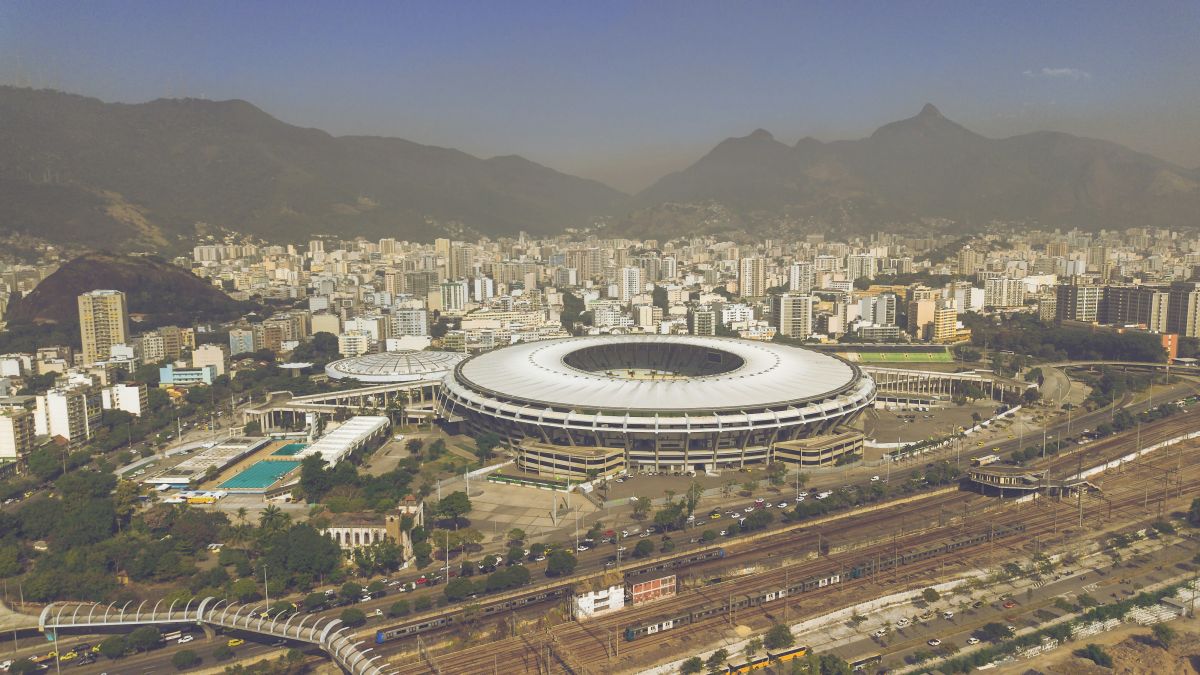
The Maracanã Stadium was built to open the 1950 Soccer World Cup and still holds the record attendance for a World Cup Final of almost 200,000 spectators. The stadium, currently undergoing major renovations, will host the Brazil 2014 FIFA World Cup Final, Rio 2016 Olympic and Paralympic Games and other major events in legacy.
In December 2010 Steer Davies Gleave was commissioned by Consórcio Maracanã 2014, led by Odebrecht Construction, who are responsible for the stadium construction project, to analyze crowd movements within the stadium and to advise on the architectural proposals to ensure that the stadium would meet with national and international best practice. The study helped inform the detailed design of key areas such as the seating bowl, circulation areas and exit routes, and demonstrated that the overall ingress and egress strategy for the stadium needed to be reconsidered to ensure a safe and comfortable environment for all users. Our work also specified the number of turnstiles and security screening areas necessary for the upcoming stadium and major events.
Following the internal crowd movement study, EGP-Rio (the State of Rio de Janeiro’s Major Projects Department) commissioned Steer Davies Gleave to develop a pedestrian access and movement strategy for the stadium and surrounding area. EGP-Rio is responsible for overseeing and coordinating the renewal masterplan of the area around the Maracanã, principally focused on ensuring a lasting legacy for the city, but also ensuring the safe and comfortable movement and circulation of large numbers of spectators during the upcoming major events.
We began with a detailed review of the existing conditions of the surrounding area, examining all areas such as pedestrian footways, crossings, desire lines, signage, street furniture, lighting, vehicular traffic and parking. Our review also considered the impact of existing proposed projects for the area.
Once we had identified the key pedestrian routes, we developed a pedestrian movement strategy and recommendations for improvements to the public realm, principally along the routes linking the stadium with the key transport hubs in the surrounding area. Our recommendations included:
- Changes to the pedestrian access strategy for the stadium
- New pedestrian infrastructure and junction/crossing design modifications to reduce pedestrian/vehicular conflicts significantly
- Changes to local traffic operations and highway modifications
- Improvements to the public realm
Creative outputs and recommendations from the study included:
- Conceptual design of two pedestrian bridges connecting the stadium with the local metro, train and bus stations
- Design of two public plazas to the west and northeast of the stadium, creating safe and attractive spaces for spectators and residents to enjoy, and at the same time creating much needed space for the overlay demands of the major events
- A full streetscape design for the route connecting the stadium with São Francisco Xavier. These proposals aim to improve spectator distribution and at the same time, by addressing the car/pedestrian balance, provide a real legacy for the local community, improving pedestrian safety and enhancing the local environment
- A wayfinding report setting out wayfinding principles and sign design including: schematic sign family, sign location, sign content and a major event overlay
- Accessible routes for persons of reduced mobility
Once the proposals had been developed to sufficient detail, we created a suite of pedestrian microsimulation models to help visualize and analyze the impact of spectator movement on the proposals. Another key requirement of the study was to consider the anticipated overlay and operational strategies proposed by the event organizing committees for the planned major events.
Our multi-disciplinary approach enabled us to explore a variety of operational and design strategies for new infrastructure and temporary overlays (e.g. positioning of concessions) and evacuation, etc. The final proposals are helping to ensure that the investment in the 2014 World Cup and the 2016 Olympic Games will bring an even bigger legacy to the city of Rio de Janeiro.


